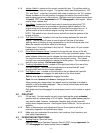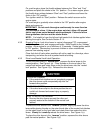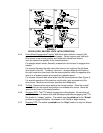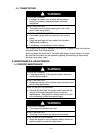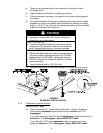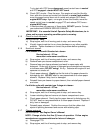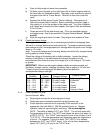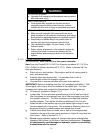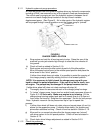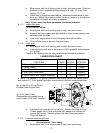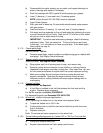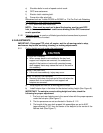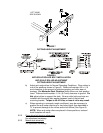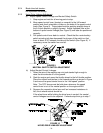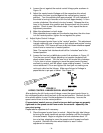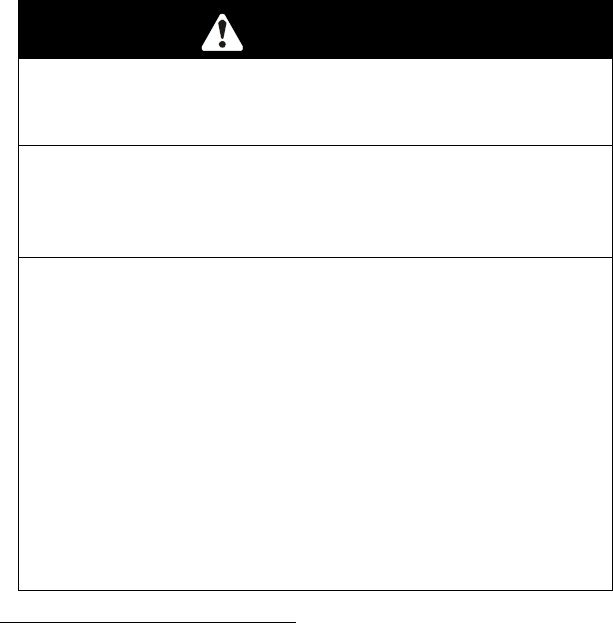
- 23 -
WARNING
POTENTIAL HAZARD
♦ Hydraulic fluid escaping under pressure can penetrate
skin and cause injury.
WHAT CAN HAPPEN
♦ Fluid accidentally injected into the skin must be
surgically removed within a few hours by a doctor
familiar with this form of injury or gangrene may result.
HOW TO AVOID THE HAZARD
♦ Make sure all hydraulic fluid hoses and lines are in
good condition an all hydraulic connections and fittings
are tight before applying pressure to hydraulic system.
♦ Keep body and hands away from pinhole leaks or
nozzles that eject high pressure hydraulic fluid.
♦ Use cardboard or paper, not your hands, to find
hydraulic leaks.
♦ Safely relieve all pressure in the hydraulic system by
locking drive levers in neutral and shutting off the
engine before performing any work on the hydraulic
system.
5.1.10 Change hydraulic system filter.
Service Interval: After First 250 hrs, then yearly thereafter.
Note: Use only Exmark P/N 1-513211 for Summer use above 32°
F (0° C) or
P/N 1-523541 for Winter use below 32°
F (0° C). (Refer to Section 2.6.2 for
filter specifications)
a) Place unit on a level surface. Stop engine, wait for all moving parts to
stop, and remove key.
b) Carefully clean area around filter. It is important that no dirt or
contamination enters the hydraulic system.
c) Unscrew filter to remove and allow oil to drain from reservoir.
IMPORTANT: Before re-installing new filter, fill it completely with Mobil 1 15W-
50 and apply a thin coat of oil on the surface of the rubber seal. Turn filter
clockwise until rubber seal contacts the filter adapter. Do not tighten yet.
d) Fill reservoir as stated in Section 5.1.9.
e) Loosen filter 1/2 turn and allow a small amount of oil to leak from the oil
filter (this allows air to be purged from the oil filter and supply hose from
the hydraulic reservoir). Turn filter clockwise until rubber seal contacts
the filter adapter. Then tighten the filter an additional 2/3 to 3/4 turn.
f) Raise the rear of the machine up onto jack stands high enough to raise
the drive wheels off of the ground. Run machine to allow any other air to
be purged from the hydraulic system and recheck the oil level.
g) If either drive wheel does not rotate, one or both of the charge pumps
(located on the top of the main pump as shown in Figure 6) may have lost
their “prime”. Refer to Section 5.1.11.
h) Do not change hydraulic system oil (except what can be drained when
changing filter) unless it is felt that oil has been contaminated. Changing
oil unnecessarily could damage the hydraulic system by introducing
contaminates into the system.



